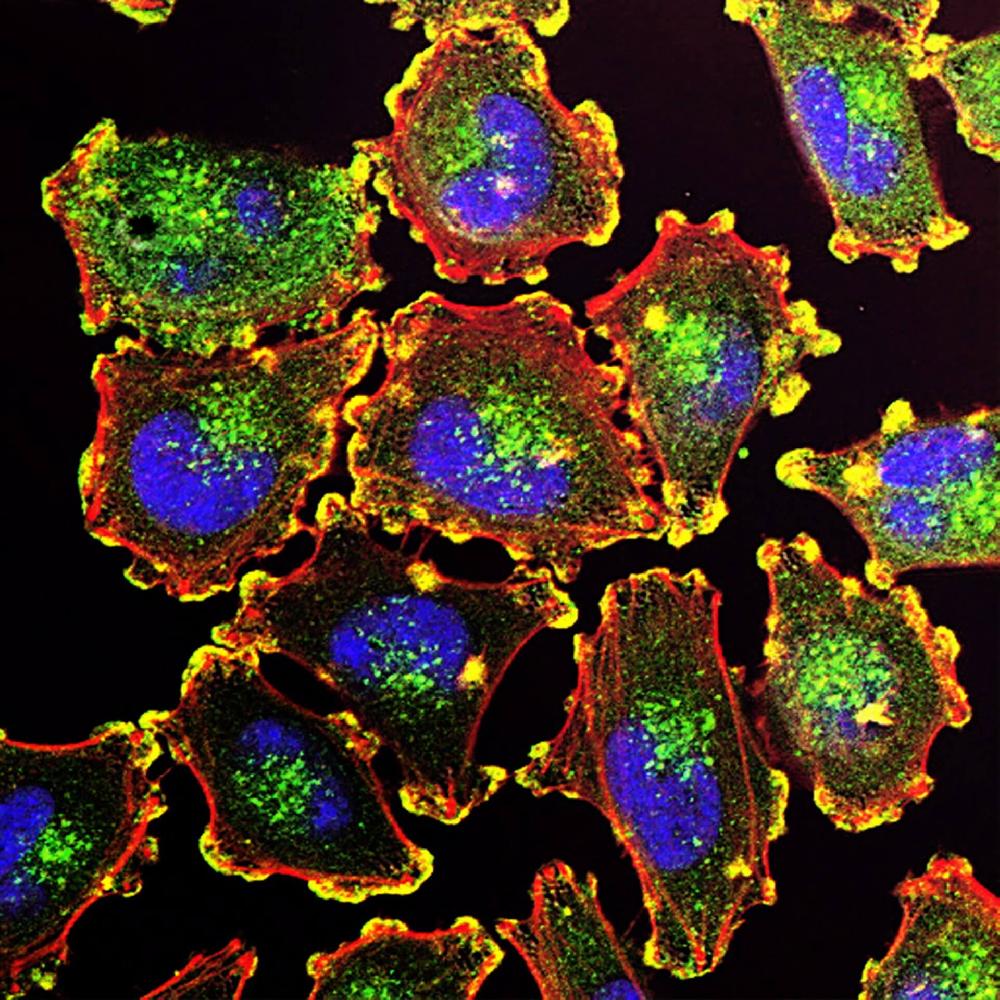This website uses cookies to ensure you get the best experience on our website.
- Table of Contents

Facts about Tumor suppressor candidate 3.

Specifically necessary for the glycosylation of a subset of acceptor sites that are close cysteine residues; in this event appears to act redundantly with MAGT1. In its oxidized form suggested to form transient mixed disulfides with a glycoprotein substrate to ease access to STT3B to the unmodified acceptor site.
| Human | |
|---|---|
| Gene Name: | TUSC3 |
| Uniprot: | Q13454 |
| Entrez: | 7991 |

| Belongs to: |
|---|
| OST3/OST6 family |

D8S1992; M33; N33MRT7MGC13453; oligosaccharyltransferase 3 homolog A; OST3A; Protein N33; Putative prostate cancer tumor suppressor; tumor suppressor candidate 3
Mass (kDA):
39.676 kDA

| Human | |
|---|---|
| Location: | 8p22 |
| Sequence: | 8; NC_000008.11 (15540087..15766649) |
Expressed in most non-lymphoid cells and tissues examined, including prostate, lung, liver, colon, heart, kidney and pancreas.
Endoplasmic reticulum membrane; Multi-pass membrane protein.




PMID: 8661104 by Macgrogan D., et al. Structure and methylation-associated silencing of a gene within a homozygously deleted region of human chromosome band 8p22.
PMID: 12887896 by Kelleher D.J., et al. Oligosaccharyltransferase isoforms that contain different catalytic STT3 subunits have distinct enzymatic properties.